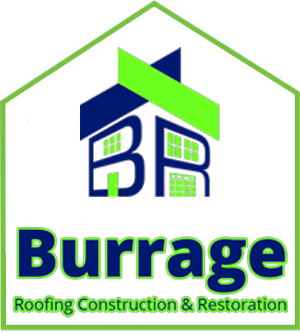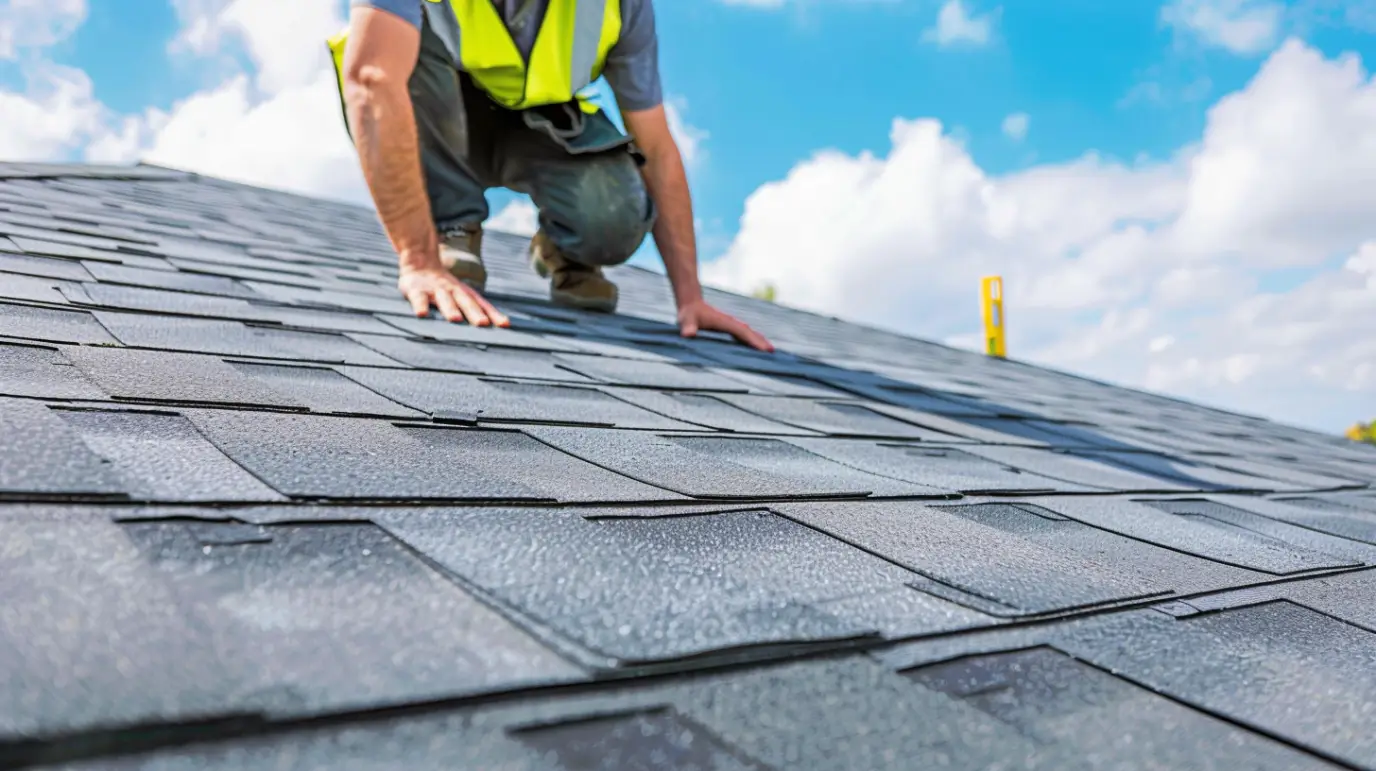Your roof deck is crucial for your roofing system, providing strength and energy efficiency. Neglecting it can lead to costly issues that compromise safety and comfort. Regular inspections ensure the roof structure remains sound and give you peace of mind.
At Burrage Roofing in Moline, IL, we identify and repair roof deck damage with our expertise. Here’s how to protect and extend the life of your roof deck.
Understanding Roof Decks and Their Importance
A roof deck is crucial for your roof, supporting shingles, insulation, and more. Neglecting it can lead to deterioration, compromising your home’s strength and structure.
Choose the right decking material and inspect it regularly. Prompt repairs enhance your roof’s lifespan and prevent costly future fixes. Let’s explore the importance of roof decking and how proper care safeguards your home.
Contact Us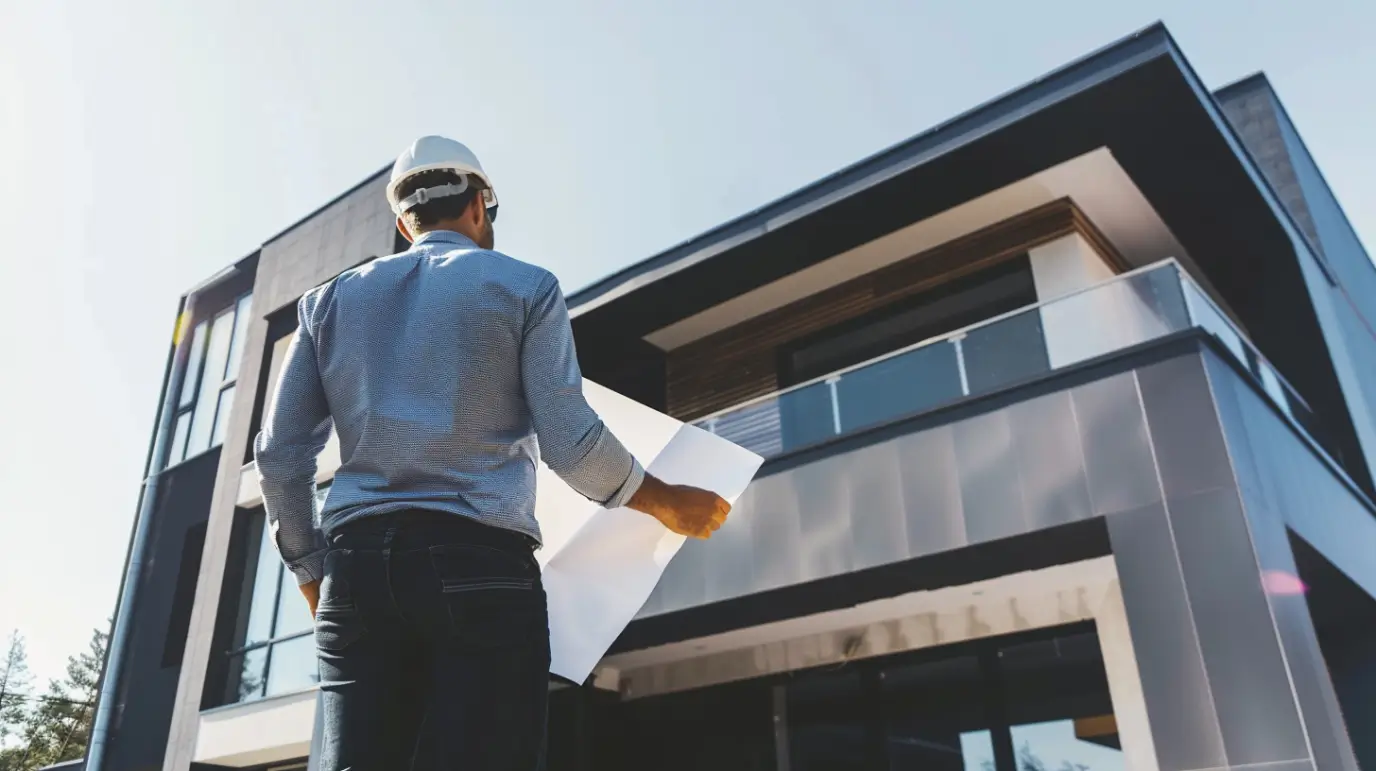
What Is a Roof Deck?
A roof deck serves as the structural foundation for roofing materials, providing support and stability. It is essential for water drainage and insulation, playing a vital role in the overall integrity of your home. Proper maintenance of your roof deck is crucial for long-term health.
Why Roof Deck Health Matters for Your Home
A healthy roof deck is vital for your home’s structural integrity. Neglecting maintenance can weaken the decking, leading to costly repairs or full roof replacement. Regular inspections can spot wear signs, like water stains or soft spots, indicating moisture issues.
The roof deck protects against external elements, such as high winds and temperature changes. Poor ventilation can worsen moisture problems, causing mold growth and material deterioration. Keeping your roof deck in prime condition enhances your home’s longevity, safeguards your investment, and improves energy efficiency.
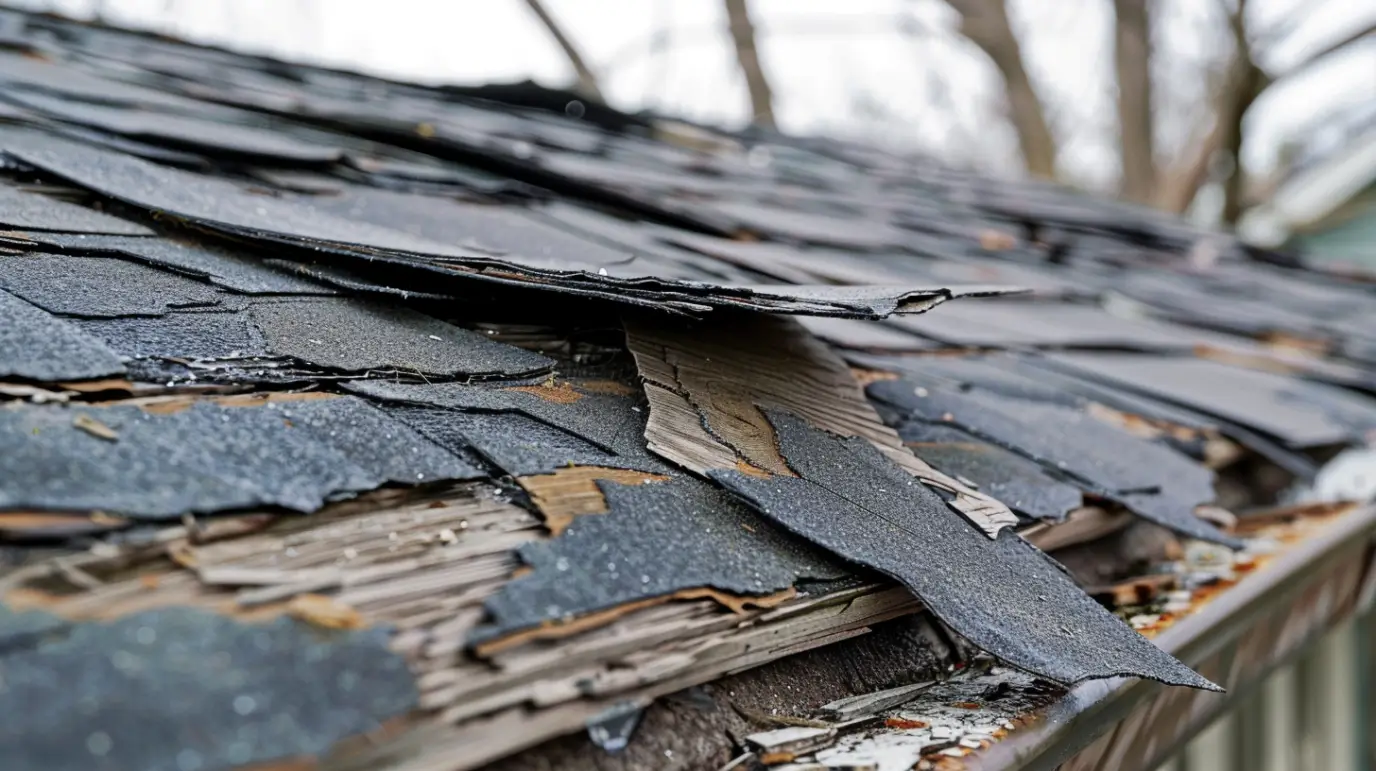
Common Causes of Roof Deck Damage in Moline, IL
Several factors contribute to roof deck deterioration in Moline, IL. Weather extremes, including high winds and temperature fluctuations, can cause granule loss from roofing materials, exposing decking boards to moisture and resulting in rot. Inadequate ventilation allows moisture infiltration, fostering mold growth and compromising structural integrity.
Poor insulation also increases energy costs and leads to condensation. Signs of water damage, such as stains, often indicate underlying issues that need attention. Regular inspections are vital for early detection and maintaining the roof’s long-term health. Ignoring these factors can result in costly repairs and further damage.
Weather Extremes and Their Effects
Extreme weather significantly affects roof decks, causing immediate and long-term damage. High winds can dislodge shingles, exposing the decking to moisture and water damage. Temperature fluctuations lead to the expansion and contraction of materials, weakening structural integrity over time.
Heavy rain can worsen these issues, resulting in water stains and potential mold growth if not addressed quickly. Ice dams in colder climates can cause moisture penetration, threatening the roof’s stability. Regular inspections are crucial to identify early damage signs, enabling timely repairs and preventing costly fixes. Maintaining your roof ensures longevity and peace of mind.
Poor Ventilation and Insulation Issues
Inadequate ventilation and insulation can compromise your roof deck’s structural integrity. Poor airflow in attics causes temperature fluctuations that lead to moisture issues, fostering mold growth and damaging decking materials. This can create soft spots and rot, resulting in costly repairs.
Homeowners should inspect for signs of poor ventilation, such as water stains and wear on roofing material. Roof vents are vital for maintaining optimal attic conditions, reducing energy costs, and extending your roof’s lifespan. Promptly addressing ventilation and insulation issues is crucial for preserving your roof’s function and ensuring peace of mind.
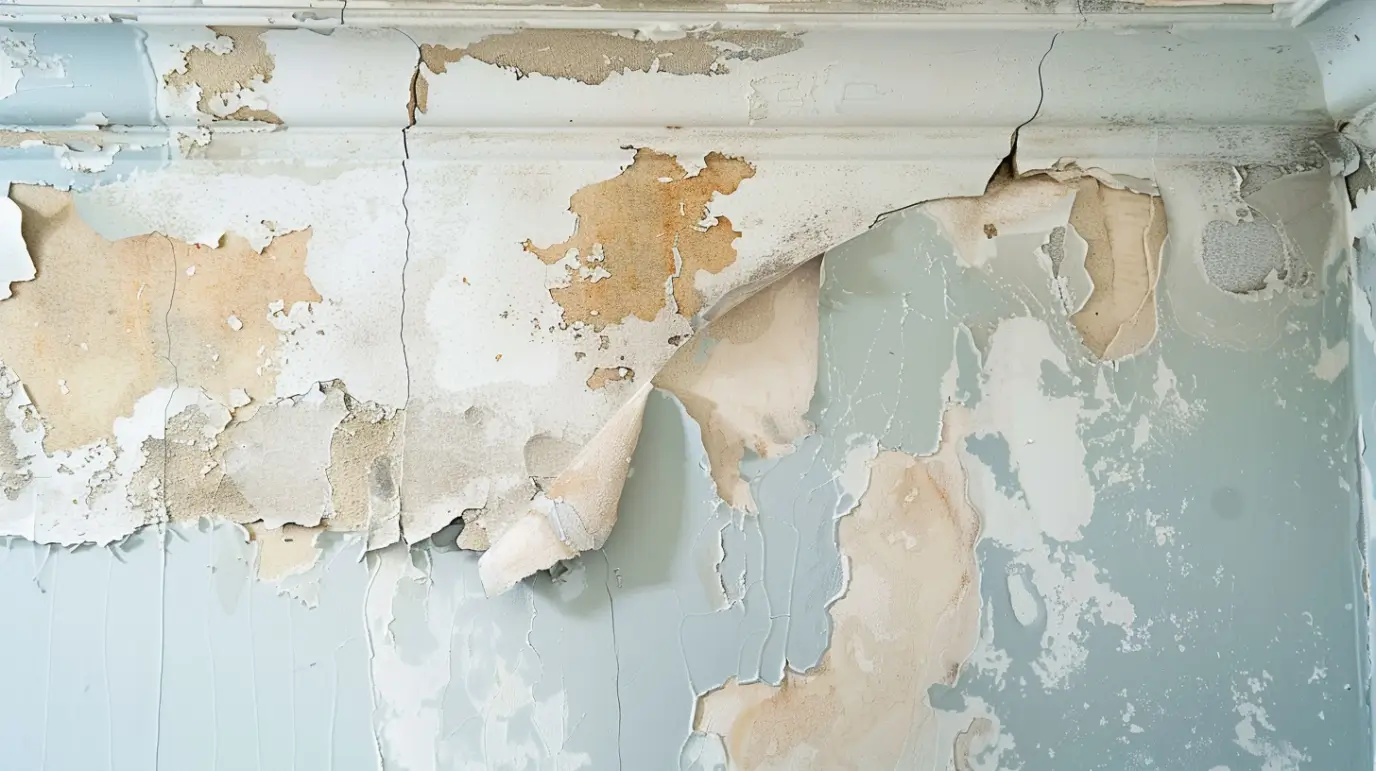
Signs Your Roof Deck May Be Damaged
Minor issues can escalate into significant roof deck damage, making vigilance essential. Key trouble indicators include water stains on ceilings or walls, signaling moisture infiltration and compromised decking integrity. Soft spots on the roof surface may indicate weakened boards from prolonged water exposure or high winds.
Mold growth or a musty odor can also suggest inadequate ventilation and moisture problems in the attic. Regular inspections help identify these signs early, allowing for timely repairs and ensuring your roof remains in top condition. Proactively addressing these issues will extend your roof’s lifespan and provide peace of mind.
Visible Sagging or Uneven Roof Lines
Visible sagging or uneven roof lines are critical signs of potential roof deck damage and may indicate serious structural issues. These irregularities can result from moisture infiltration, weakening decking boards and compromising integrity. Regular inspections are essential; homeowners should watch for these indicators to prevent further damage.
High winds, ice dams, and temperature fluctuations can worsen these problems, making immediate assessment necessary. A professional roof inspection can determine the extent of the damage and suggest repairs. Monitoring for wear signs like water stains or granule loss is crucial for roof longevity and peace of mind. Promptly addressing these issues can save on costly repairs later.
Water Stains, Mold, or Musty Odors
Noticing water stains, mold, or musty odors in your home can indicate moisture infiltration and potential roof deck issues. These signs suggest that water damage may be compromising the roof’s structural integrity. Over time, moisture can weaken decking materials, leading to major repairs or even a full roofing replacement.
Regular inspections are crucial for catching these warning signs early and preventing further damage. Inadequate attic ventilation can worsen these problems by promoting mold growth and degrading roofing materials. Promptly addressing these issues protects your investment and keeps your home in optimal condition.

How to Detect and Repair Roof Deck Damage
A comprehensive approach to detecting and repairing roof deck damage starts with the right tools and safety equipment, including a sturdy ladder, safety goggles, a moisture meter, and a reliable flashlight for inspections. Regular inspections are vital to identify early signs of wear, such as granule loss or cracked shingles.
After gathering your tools, thoroughly inspect the attic and roof surface for water stains, mold growth, and rotted decking. For significant damage or extensive moisture issues, consult professional roofers for assessment. While minor problems can often be fixed with DIY repairs, serious issues may require professional intervention to maintain your roof’s optimal condition.
What You’ll Need to Get Started (Tools, Safety Equipment, Resources)
Preparation is crucial for any roofing project. Essential tools include a sturdy ladder, utility knife, pry bar for removing damaged shingles, and a moisture meter to detect hidden leaks. A tape measure ensures accurate measurements, while safety gear like a hard hat, safety glasses, and harness protects against falls.
Consider using online guides and video tutorials for detailed repair processes or consulting local roofing companies for expert advice. Regular roof inspections can prevent costly repairs and maintain your home’s structural integrity. With proper preparation, your roof can stay in optimal condition for years.
Step 1: Inspecting the Attic and Roof Surface
A thorough inspection of the attic and roof is crucial for spotting damage. Start with a visual check for water stains, granule loss, or mold. Look for soft spots in the roof decking that may indicate moisture penetration or structural issues. Ensure attic ventilation is adequate to prevent moisture buildup.
Measure any areas with significant damage to assess whether they can be fixed as DIY projects or require professional help. Regular inspections are essential for maintaining your roof’s optimal condition.
Step 2: Identifying Problem Areas and Assessing Severity
A thorough roof deck inspection is essential for identifying problem areas and assessing damage severity. Start by checking the roofing material for wear, such as missing shingles, granule loss, or soft spots—indicators of moisture issues that could compromise structural integrity.
Next, inspect the decking boards beneath for rotting, water stains, or mold growth, which signal moisture infiltration. Document all findings with precise measurements to determine if minor issues need simple repairs or if extensive damage requires a professional contractor. Regular inspections can extend your roof’s life and prevent costly repairs.
Step 3: DIY Repairs vs. Calling Burrage Roofing Professionals
DIY repairs can address minor issues, like replacing shingles or filling small decking cracks. However, significant damage, such as rotted decking or structural problems, requires a professional.
When you call Burrage Roofing, you receive repairs that adhere to industry standards, ensuring your roof’s longevity. Our team thoroughly inspects for damage, replaces faulty materials, and uses durable solutions suited for Moline’s weather.
Combining DIY efforts with professional assistance ensures your roof deck remains strong and safe. If you’re unsure about the best approach for your home or need help with major damage, contact us for guidance.
Trust the Experts
In summary, understanding roof deck issues is crucial for the longevity and safety of your home. Regular inspections can save you time and money by identifying damage early. Weather changes and inadequate airflow can exacerbate these problems, so prompt action is essential. While some repairs may be DIY, others require professional expertise to ensure safety and quality. At Burrage Roofing, we bring over 30 years of experience and are dedicated to providing excellent service in Moline, IL. Contact us today for a thorough inspection and personalized quotes!
Read our blog: Flat‑Roof Maintenance Essentials
Frequently Asked Questions
How often should I inspect my roof deck for damage?
Inspect your roof deck at least twice a year, ideally in spring and fall. Additionally, inspect after severe weather events to identify any potential damage early. Regular inspections help maintain the integrity of your roof, preventing costly repairs down the line.
Can minor roof deck repairs be done without professional help?
Yes, minor roof deck repairs can often be handled by homeowners with basic DIY skills. Tasks like replacing damaged shingles or patching small leaks are manageable. However, for extensive damage or safety concerns, consulting a professional is advisable to ensure proper repair and prevent further issues.
